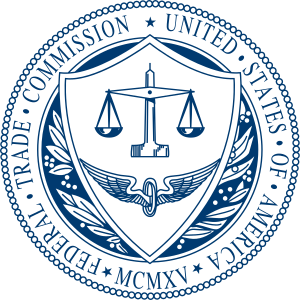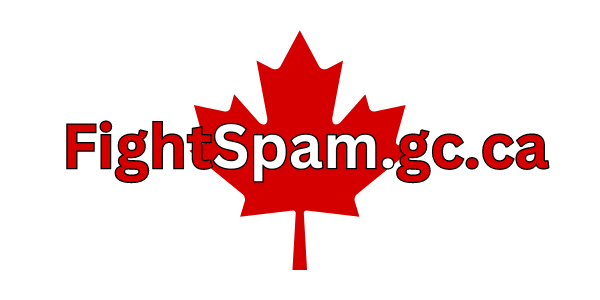[originally posted at Emailkarma. Written by CAUCE Director Matt Vernhout]
We have found what appears to be an official version of the Canadian Radio-Television and Telecommunications Commissions (CRTC) Canada's Anti-Spam Law CASL regulations on the Canadian Employment Pension Law website along with a brief overview of the regulations.
Here is a quick summary:
Information to be included in an email message has been clarified to included these key identifiers: CEM’s need to be the name by which the person sending the message conducts business, for third party messages you should use the name by which the third party carries on business, and include a statement indicating which person is sending the message and which person on whose behalf the message is being sent.
Contact and mailing address has also been clarified to be; the mailing address of the sender and either a telephone number providing access to an agent or voice messaging system, an email address or a web address of the person sending the message or the person on whose behalf the message is sent.
When it is not possible to include unsubscription information in the CEM you may included that information on a page on the World Wide Web that is readily accessible by the person to whom the message is sent at no cost to them by means of a link that is clearly and prominently set out in the message. This is a big deal for Mobile* messaging and Social Media messages as these platforms and character limitations do not always allow for all of the previously required information… I can’t ever see this being an issue for an email message though.* Mobile Keywords STOP will remain a requirement
All unsubscribe mechanisms referred to in paragraph 6(2)(c) of the Act must be set out clearly and prominently and must be able to be readily performed.
A request for consent has been clarified to include oral or written consent and must be sought separately for each channel (SMS, Email, etc…) of the Act and must include the key identifiers listed above (point 1) along with a a statement indicating that the person whose consent is sought can withdraw their consent at any time.
Computer programs that perform one or more of the functions listed in subsection 10 (5) of the Act [causing a computer system to operate contrary to reasonable expectations] must have a separate consent sought from any other information provided in a request for consent and the person seeking consent must obtain an acknowledgement in writing from the person from whom consent is being sought that they understand and agree that the program performs the specified functions.
What’s Next with CASL?
We are still waiting on the regulations from Industry Canada that will hopefully clarify a number of the outstanding issues and questions that they received during last years comment period. We are expecting to hear from them in the next couple of weeks (Maybe early April) when a new 30 day comment period is scheduled. After these comments are reviewed final regulations will be presented and an enforcement date will be set.
The big question is still outstanding – When is CASL coming into force?
Latest word on this will be at or near the end of Q3 2012 (around October), but the regulations from Industry Canada will clarify this.
Download the CRTC’s Regulations HERE [PDF]

















